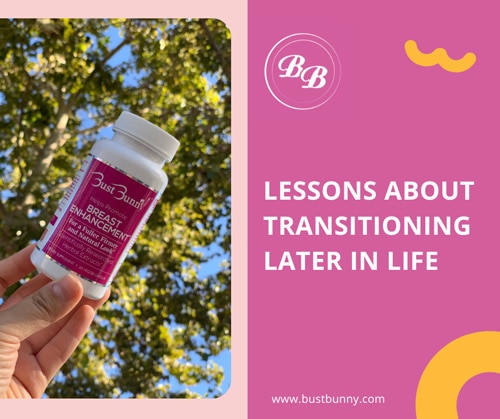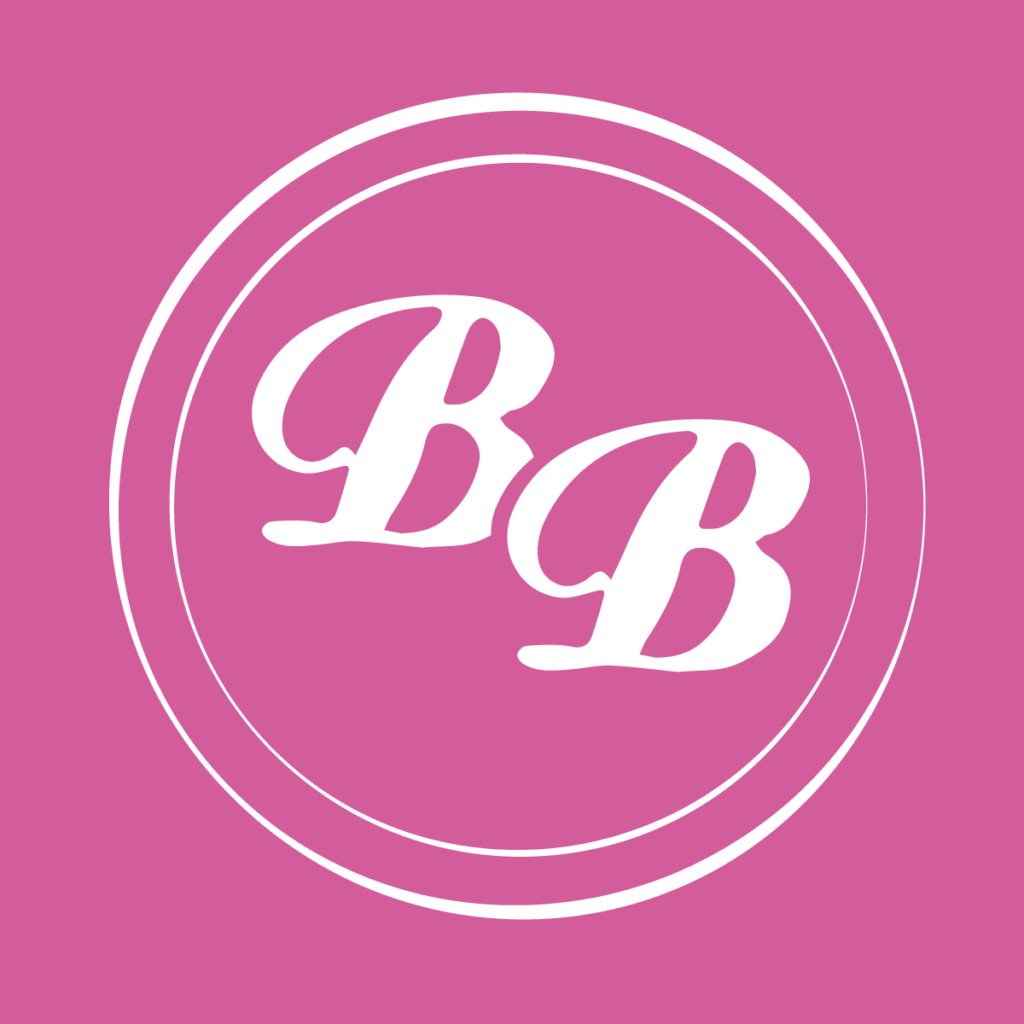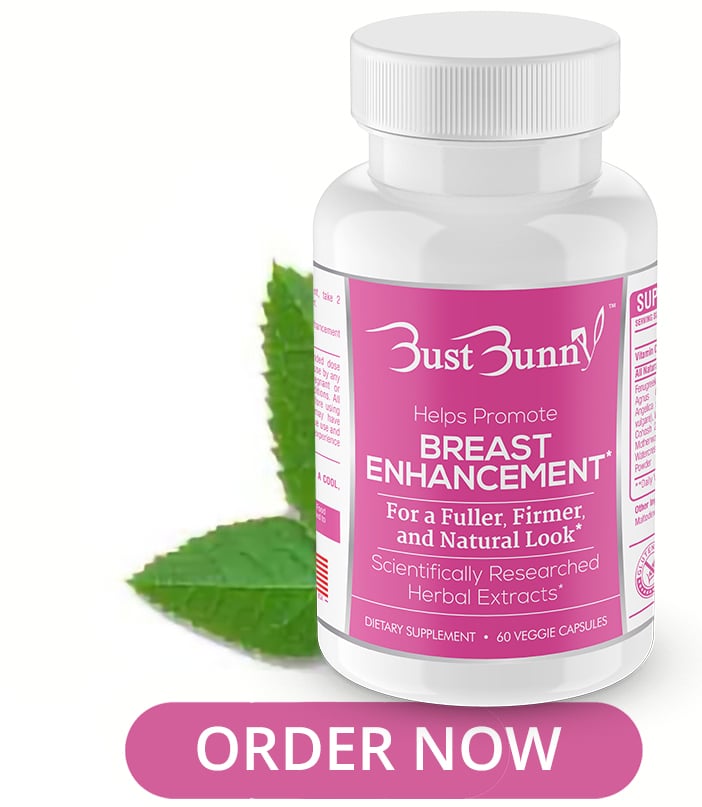People might recognize that they’re transgender at any point in their lives. Or, they might decide to transition years after their initial realization.
Timing is a deeply personal matter, but one thing’s for sure:
Transitioning has no age limit.
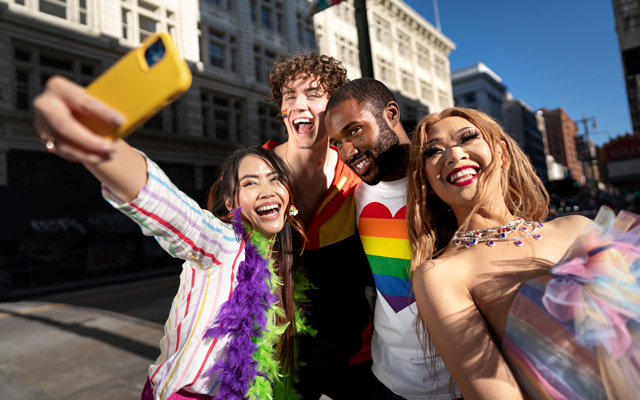
The process of medically and socially changing your gender involves the same steps, whether you’re 18, 25, 45, or 65. However, a transitioning adult will have a different experience than someone who started with hormone blockers in their teens.
Their stories get told much less often, too.
Let’s drop the erasure and share the lessons learned from individuals who started transitioning in adulthood.
We’ll follow each message with concrete advice to help you overcome these hurdles and start living your most authentic life as seamlessly as possible.
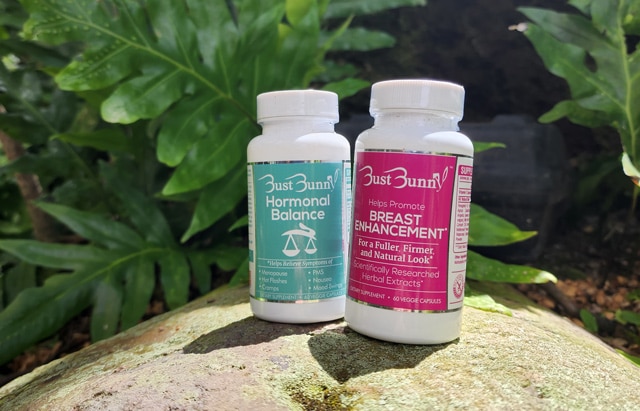
Lesson #1: Social Transitioning Gets Trickier
Trans people are nothing new, but their mainstream acceptance is. As a result, there’s still a lot of stigma surrounding this topic, particularly among Baby Boomers and Gen X-ers.
Younger trans folk have an advantage here, growing up in a society that started normalizing alternative gender expressions. Older people, especially those with families and friends who’ve known them for years, often don’t have the same privilege.
Even if they generally seem open-minded and unbiased, people in your surroundings could find it hard to accept your true identity.
Lay the groundwork for acceptance by introducing the concept of being trans to your loved ones one step at a time. Be patient with struggling friends and family members, but disconnect from those who downright refuse to use your preferred name and pronouns, or those who otherwise dismiss your gender identity.
If possible, seek counseling before and after coming out to manage your mental health throughout the process.
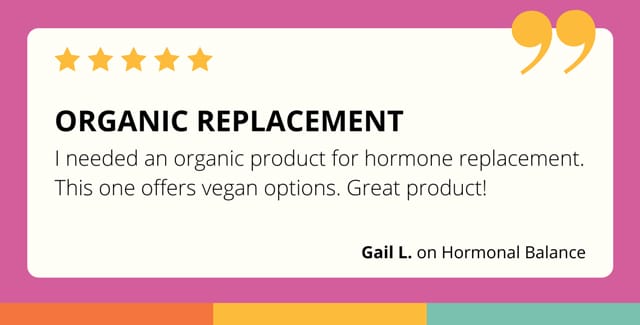
Lesson #2: Medical Criteria Changes
Medical procedures are an indispensable tool for changing your gender expression. You’d expect that getting approved for gender-affirming operations gets easier in adulthood, but that’s far from the reality for many transitioning folks.
The table below outlines the three medical procedure categories available to transitioning individuals of any age.
| Procedure | Function |
| Facial Operation | Makes the cheekbone, chin, jaw, and nose more masculine or feminine |
| Top Operation | Implants to create the illusion of breasts or mastectomy to remove breasts |
| Bottom Operation | Removes and reconstructs primary sexual organs (penis or vagina) to resemble that of the gender with which they identify |
Breast implants carry risks at any age, as does hormonal replacement, vaginal reconstruction, and any other physical alteration you might undergo.
Nevertheless, people with developed secondary sex charactertstics accept these potential dangers in order to achieve an outward image that matches their internal self-perception.
Medical and hormonal therapy is riskier for older trans individuals, though.
Before giving you the go-ahead, your physician might assess your:
- Weight and general fitness levels
- History of cardiac problems and high blood pressure
- Risk factors, particularly smoking
Clinics are unlikely to deny you treatment for these issues, but the process might be much more stringent. Apart from introducing more loops to jump through, this can lead to mental distress and second-guessing.
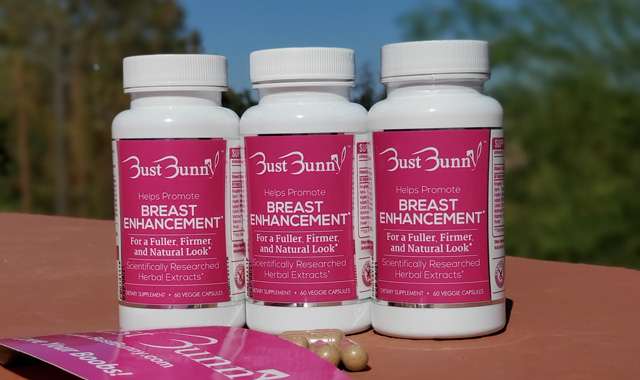
Whether or not you decide to undergo a medical procedure, natural alternatives can assist in your transition as well. Products like our Breast Enhancement supplements reduce the risks that come with medical transitioning while still helping you to reach your appearance-related goals.
Lesson #3: You Undergo a ‘Second Puberty’

Hormones wreak havoc on your system during puberty. Once it ends, you’re a fully developed man or woman capable of reproduction.
If you decide to undergo hormone replacement therapy as an adolescent or adult, puberty happens once more.
The table beneath underlines the three main hormone types administered to transitioning individuals of any age.
| Hormone | Function |
| Exogenous testosterone | Suppresses feminine characteristics, induces virilization (FTM or non-binary transition) |
| Exogenous estrogen | Induces feminine characteristics (MTF or non-binary transition) |
| Anti-androgens | Suppresses masculine characteristics (MTF or non-binary transition) |
When an adult trans person receives these hormones, they might experience puberty-like symptoms, such as:
- Skin changes
- Altered hair growth
- Changes in body composition
- Mood shifts
- Breast development or reduction
- Voice changes
You can’t do much to stop these side effects, but you can prepare yourself for them.
Read up on changes that follow estrogen hormone therapy as a trans woman to know what you can expect. Practice healthy living habits to minimize the side effects of your second puberty and find natural ways to manage the symptoms as they emerge.
Lesson #4: Support Still Matters
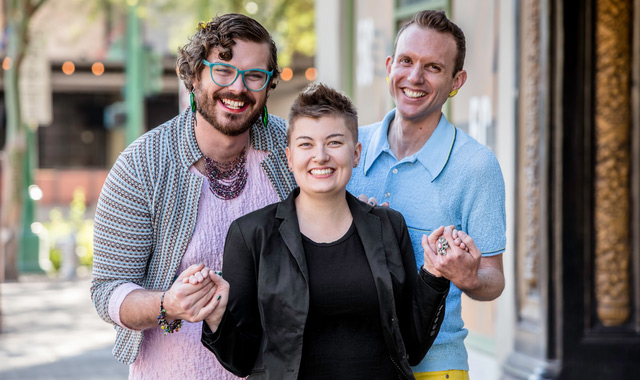
Adults are prone to the trap of overconfidence, whether they’re cis or trans. The latter category might deny seeking out communities, feeling like LGBTQ+ spaces are full of young people who won’t understand their struggles.
However, as anybody starting on this path later in life will tell you, having a support system is essential. Your loved ones should be your primary support pillar, but joining communities of other queer folks can make a world of difference, too.
Experienced trans people can help you with many things like emotional struggles and family matters, or even provide you with tips and cleavage hacks.
The bust enhancement as a result of using Bust Bunny has been quite noticeable. As a trans woman I can use all the enhancement I can get. I highly recommend this supplement.
— David Kareken, US
Apart from the camaraderie, you get exposure to other queer identites. Visibility leads to normalization, making it much easier to accept yourself for who you truly are.
If you live in a small, conservative town, use the internet to find other people in a similar situation. Local meetups are an excellent option for people in big cities, and will help you find refuge in a tight-knit community.
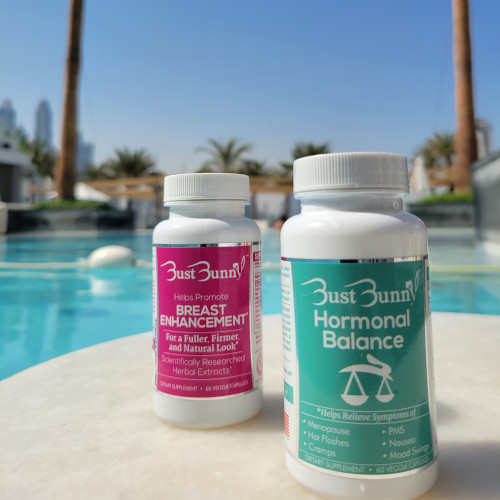
It’s Never Too Late
Overall, transitioning later in life carries unique perks and challenges. On the one hand, your body is more developed, requiring greater work to change its physical appearance. On the other, you’re now an adult, with the freedom and confidence to make your own decisions.
Take these four lessons with you and join the community to learn from other people who are on the same journey. You can do this, and you don’t have to do it alone.
Stay tuned for more handy educational resources, and let our natural products help you achieve an outer form that suits your innermost self.
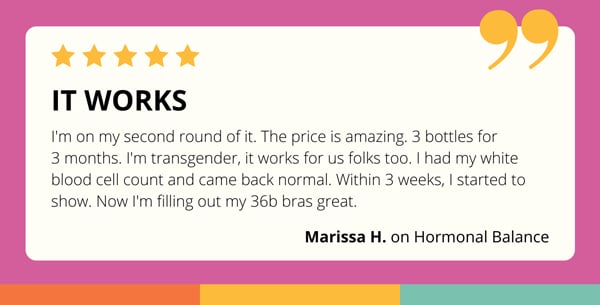
About Bust Bunny
We at Bust Bunny have been helping women improve health and boost confidence since 1999. We can thank Shawn, a BioChem major with equal love for science and entrepreneurship, for this genius family-owned business.
Family values and customer satisfaction are at the core of everything we do.
How do we make that happen?
We listen.
We listened to Kathy, who re-ordered every three months. We read hundreds and hundreds of good and bad reviews. We re-did, refined, and learned what worked.
Real positive feedback came after we opened our first United States-based FDA-compliant facility. We rebranded in 2017, and Bust Bunny was born.
It all started with our Breast Enhancement supplement, but we didn’t stop there, either.
Shawn’s mother was an inspiration to continue our research into hormones. A type-2 diabetic, she suffered recurring night sweats, moodiness, and anxiety in menopause. Back to the lab, and the Hormonal Balance supplement was born.
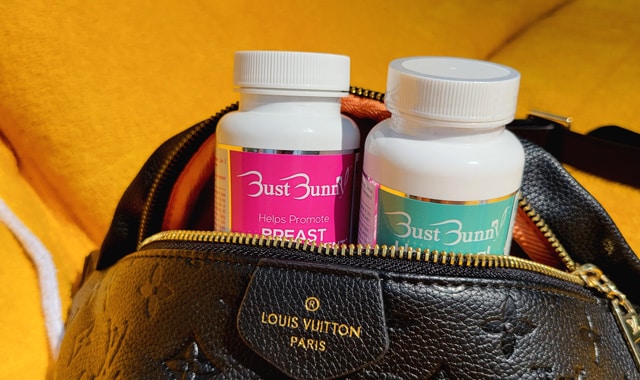
Help us maintain our curiosity. We want to question current practices and deliver bigger, better things. We can’t do that without your indispensable input.
This product has been a tremendous help for me. I am a transgender woman on HRS and have seen a significant change in breast growth since using this product. I would recommend this for anyone in the transition process. You should be happy with your results.
— Holly, US
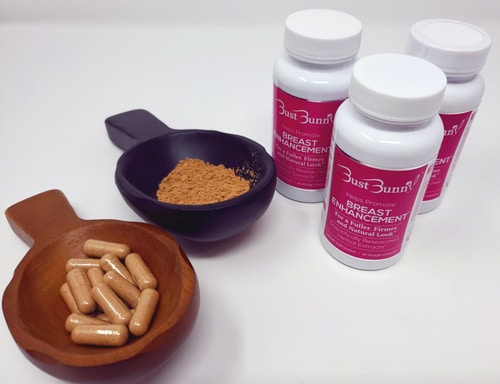
Frequently Asked Questions
Can gender dysphoria develop later in life?
Gender dysphoria (a strong desire to be of another gender) can occur at any age. However, many people who report it later admit to having hidden or misunderstood their feelings when they were younger.
What is a good age to start transitioning?
Medically, people transition more smoothly after going on HRT at 16 years old.
Realistically, however, the best time to start a transition is when a person feels ready and confident in their decision.
Which steps are involved in transitioning?
Transitioning refers to the steps taken by transgender individuals to change their appearance and social image so that it matches their actual gender.
It can include:
- Social transition (changing name, hair, clothing, etc.)
- Medical transition (cosmetic procedures)
- Hormonal replacement therapy
Apart from these, many trans folks use natural supplements to facilitate their transition. Our Breast Enhancement supplement is an excellent example, promoting breast tissue growth without invasive procedures.
Share on Instagram:
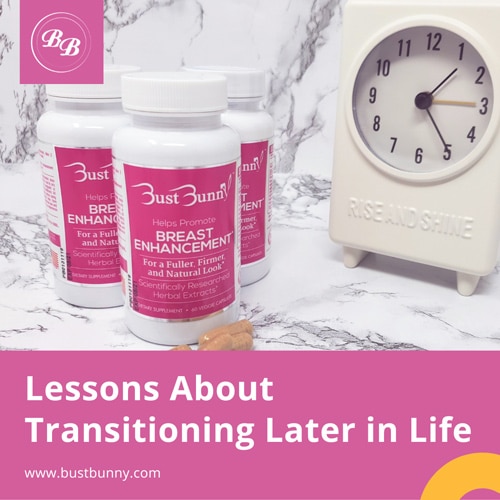
Share on Facebook:
